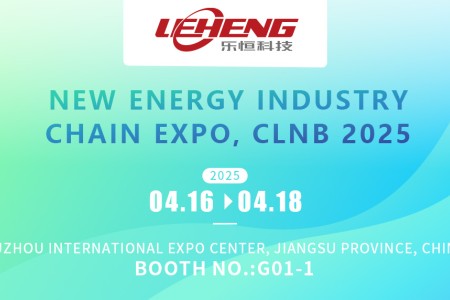There are many ways to produce high salinity water, and the amount of high salinity water increases every year. Minimizing the impact of high salinity wastewater discharge on the environment requires removal of contaminants from saline wastewater. Commonly used methods include:
- Salt tolerant bacteria biochemical treatment
- Traditional evaporation equipment
- Film technology desalination
- Electrolytic desalination
However,
- Because of the toxicity and inhibition of high salinity, the implementation of biochemical treatment technology has been greatly hindered;
- The traditional evaporation concentrating equipment has high operation cost and low energy efficiency;
- Film processing equipment technology much expensive, easy to plug, easy pollution, the final concentrated solution cannot be processed;
- Electrolytic desalination: can't be electrolyzed because of organic matter.
At present, MVR evaporator is probably the most ideal technology to treat high salt wastewater. MVR evaporator can separate the salts in solid form and even achieve zero emission. The solid crystals can be recycled and reuse. For companies without steam sources, the advantageous is more obvious.

Basic Information about MVR Evaporator
Part 1: Introduction of MVR Evaporator
Product Description: MVR (mechanical vapor recompression) Evaporator with centrifugal steam compressor. The centrifugal compressor will compress the secondary steam generated in the evaporation system, to increase the enthalpy and reuse it to heat the raw material. MVR Evaporator can make full use secondary steam and condensed water waste heat; energy saving effect is prominent. No need to use fresh steam; can save more than 90% condensate water; can save 80% human resources and 60% footprint.Centrifugal steam compressor can provide a temperature rise of 20℃ , and centrifugal steam Fan or centrifugal blower can provide a temperature rise of 9℃. Therefore, the boiling point elevation less than 15℃, can achieve the purpose of energy saving during evaporation.
- Single effect evaporator: the steam is used only once in the system;
- Double effect or three effect evaporator: the steam is used two or three times in the system;
- MVR Evaporator: The secondary steam has always been recycled and reused in the system, no waste energy
Part 2: Production material requirement for MVR Evaporator
For example: sodium chloride.
If chlorine ion content is high, titanium alloy is recommended for evaporator production material.
If the evaporation temperature of sodium chloride is controlled within 80℃, SS2205 stainless steel can also be used as production material with higher risk. Comparatively speaking, Titanium alloy is more reliable.
MVR requirements for water:
- Ca2+ and Mg2+ need less than 100mg/L. If Ca2+ and Mg2+ exceed 100mg/L, rapid and easy fouling
- The water should not contain silicon or silicide; the content should less than 30mg/L, or it is easy fouling;
- No cyanide. It will explode once it leaks
Pretreatment method of high saline waste water
Option 1: High temperature wet oxidation +MVR process
The purpose is to oxidize COD in wastewater at 500-600℃ gas.
Because of the relatively large investment and complicated system, the application is not popular. It would be valuable to extract useful salt from wastewater; if only for sodium chloride or sodium sulfate, the waste salt is of little significance.
Option 2: Solvent extraction +MVR process
If the waste water contains DMAC, DMF etc., will have a great impact on the water out of the salt and compressor if directly evaporated.
Besides, these substances are more valuable and can be recovered first and then evaporated.
Option 3: Activated carbon adsorption + regeneration furnace + MVR process
If COD is too high in industrial wastewater, it is difficult to obtain better salt after evaporation. It is possible to get a better white salt when the COD is reduced to 2000-3000mg/L. Therefore, use activated carbon adsorption to adsorbent the COD, then treat it through MVR Evaporator.
The activated carbon can be regenerated and reused for next time by the regeneration furnace.


Option 4: sulfuric acid change to by-product
Dilute acid corrosion is strong, not easy to concentration. By adding magnesium oxide etc., it can be changed to useful by-product.
About sodium chloride and sodium sulfate separation
To separate sodium chloride and sodium sulfate, it is necessary to find the crystal difference between sodium chloride & water, sodium sulfate & water.
Many cases use thermal method crystallization separation. Sodium sulfate will be precipitated at 85℃; Sodium chloride crystals will be cooled and precipitated at 45℃; Primary mixing salt concentrated finally.
In hot areas, steel frame structure is much popular as no need insulation measures.
In cold areas, concrete structure is firm and reliable. Operation and maintenance is much convenient after insulation measure.
Case: we have one project in Inner Mongolia, sodium sulfate obtained under high temperature and sodium chloride obtained under low temperature.
If you have similar project requirement, LH Evaporator can offer you customized evaporation solution. Pls send us email or call us directly.





